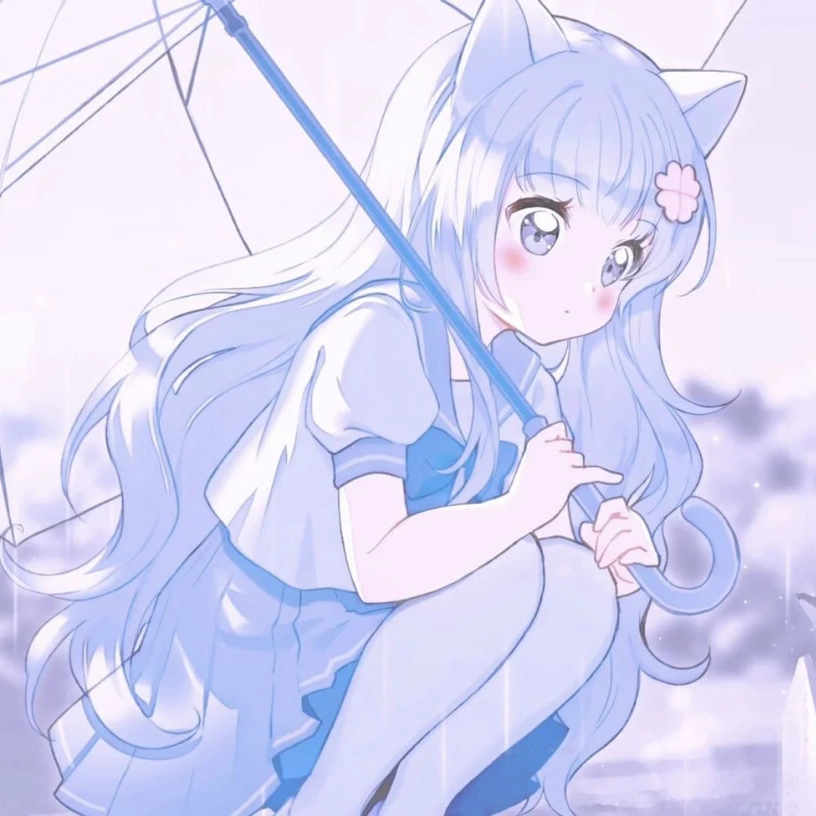Operation Phoenix: Lasting Influence

Operation Phoenix, released in February 2014, was one of CS:GO’s major content updates, marking a pivotal moment for the game’s community-driven features. The operation introduced a mix of community-made maps, exclusive weapon skins through the Phoenix Case, and a coin-based reward system for completing missions. As one of the most notable operations in CS:GO history, it showcased the potential of player-created content while boosting engagement and reshaping the in-game economy.
New Features and Innovations
-
Operation Phoenix Case. The Phoenix Case from Operation Phoenix quickly became a fan favorite in CS:GO, thanks to its collection of standout skins. Legends like AWP | Asiimov, AK-47 | Redline, and USP-S | Guardian were introduced in this case. Initially, the prices were comparably affordable. But now these skins are in-game artifacts and they cost a lot more nowadays.
-
Community Map Rotation. One of the standout features of Operation Phoenix was the introduction of popular community-made CS:GO maps into the official competitive map pool. Maps such as Cache, Motel, and Seaside were added, allowing players to experience new environments and strategies in competitive matchmaking. This not only highlighted the importance of community contribution but also showcased the creativity of the map-making community, bringing a fresh dynamic to CS:GO’s gameplay.
-
Operation Phoenix Coin. Players could earn the Operation Phoenix Coin, Bronze, Silver, and Gold—based on the number of completed missions. The coin itself depicts a golden phoenix with his wings spread on a red background.
-
Missions and Challenges. The operation introduced a series of new missions, including competitive tasks and Guardian co-op missions, which required players to work together to complete specific objectives. These missions provided rewards such as experience points and case drops, encouraging more active participation. The introduction of such varied missions enhanced gameplay by offering different modes and challenges outside of standard matches.
-
Influence on Skins and Market. The release of the Phoenix Case had a significant impact on the in-game market. The skins quickly became valuable, with some becoming rare and highly priced over time. This operation further cemented the importance of cosmetic items in CS:GO and demonstrated how operations could influence the broader economy of the game through case openings and skin trading.

Community Feedback
Many players appreciated the fresh content and the integration of maps that offered new strategies and gameplay dynamics. Community mappers, in particular, felt encouraged by the spotlight given to their creations, and many saw it as validation of their hard work and creativity. The operation also served as a catalyst for more map-making endeavors, as creators were motivated by the possibility of their maps being featured in future operations.
Top 5 best Community maps in CS2
However, there were mixed reactions as well. While many enjoyed the operation’s content, some players expressed concerns about the heavy focus on cosmetic items, arguing that the game’s economy seemed to be taking priority over core gameplay improvements. Others pointed out that the introduction of missions, while engaging, occasionally diverted players from the competitive nature of CS:GO, as some focused more on completing challenges rather than playing optimally in matches.
Economic Impact
Operation Phoenix had a notable influence on CS:GO’s in-game economy, largely driven by the Phoenix Case and its exclusive skins. Upon release, high-demand skins like the AWP | Asiimov, AK-47 | Redline, and USP-S | Guardian were priced between $5 to $20, with rarer variants like the AWP | Asiimov climbing to over $100 in the following months. Over time, these prices increased dramatically—currently, the AWP | Asiimov can fetch upwards of $400, while the AK-47 | Redline often trades for over $50.
The Phoenix Case itself, initially priced around $1, has seen a significant rise in value as it became rarer, now selling for around $10-$15. This economic surge prompted speculation and investment in operation cases, with many players profiting from holding onto these items.
Comparison to previous Operations
Operation Phoenix distinguished itself from earlier operations like Operation Bravo by offering a more refined blend of community-made maps and exclusive skins. While Bravo laid the groundwork for integrating community content, Phoenix expanded on this by introducing a wider variety of maps that gained long-term popularity, such as Cache. The Phoenix Case also featured more iconic skins, leading to greater engagement in the in-game economy compared to previous operations. Additionally, the mission system in Phoenix was more diverse, offering both competitive and cooperative modes, which set a new standard for future operations in terms of player involvement and rewards.
Legacy of Operation Phoenix
Operation Phoenix left a lasting mark on CS:GO by introducing iconic community maps like Cache, which became staples in competitive play. The Phoenix Case featured skins that remain highly coveted, influencing the in-game economy for years. Its success in blending community content, engaging missions, and valuable rewards set the standard for future CS:GO operations, shaping the evolution of CS:GO’s content and player engagement.
转载请注明出处
原文链接: /posts/operation-phoenix-lasting-influence













